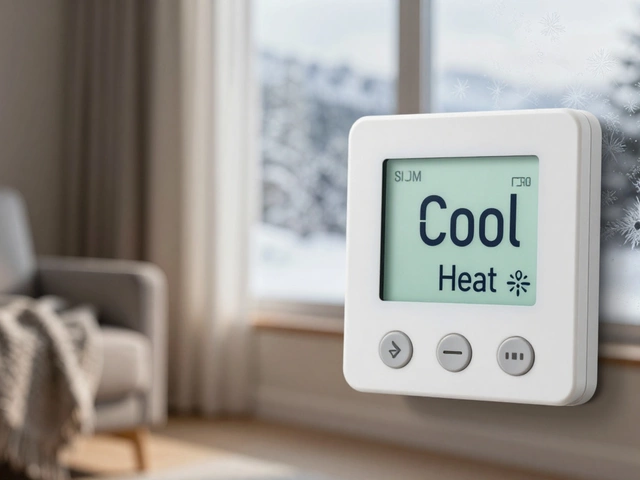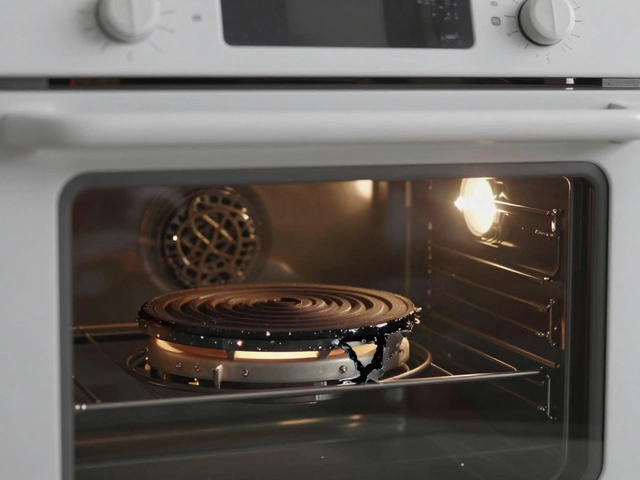Cost-Effective Solutions
When looking for cost-effective solutions, methods that lower expenses while keeping appliances functional and safe, budget‑friendly fixes, most homeowners start with appliance repair, the process of fixing a broken or under‑performing device to extend its life. The decision often hinges on a repair vs replace, a cost‑benefit analysis that weighs repair fees against the price of a new unit and its expected lifespan. Energy consumption plays a big role too—energy savings, the reduction in power use achieved by fixing inefficiencies can turn a modest repair into a long‑term money saver. Finally, many households consider DIY repair, hands‑on fixes that avoid labor charges but require the right tools and safety knowledge. In short, cost-effective solutions encompass appliance repair, demand a clear repair vs replace assessment, rely on energy‑saving outcomes, and often involve DIY know‑how.
Why Focus on Cost-Effective Solutions?
Understanding these elements creates a clear picture: cost-effective solutions enable homeowners to keep everyday chores running without breaking the bank. A practical example is an oven that stops heating; fixing the heating element (appliance repair) usually costs a fraction of buying a new oven, and the repaired unit often runs more efficiently, boosting energy savings. Similarly, a freezer that no longer makes ice can be revived by addressing the ice‑maker motor—another appliance repair that restores function and cuts the energy waste of a failing compressor. When you weigh repair vs replace, you also factor in the hidden costs of disposal, installation, and the environmental impact of discarded goods. DIY repair adds another layer: swapping a faulty thermostat on a boiler yourself can shave off labor fees, but you must follow safety guidelines to avoid gas hazards. By linking these ideas—repair, cost analysis, energy, and DIY—you build a decision‑making framework that saves time and money.
Below you’ll find a curated set of articles that dive deeper into each of these topics. From comparing oven repair costs to learning how to test a water heater, the collection covers real‑world scenarios, step‑by‑step guides, and expert tips. Use them as a toolbox to evaluate your own appliances, decide when a professional call‑out makes sense, and discover simple fixes you can handle yourself. With this groundwork, you’re ready to pick the most cost-effective solution, the option that balances price, performance, and longevity for any problem that pops up in your home.
Repairing a freezer can be a cost-effective alternative to replacement, but it depends on several factors. Consider the age of the freezer and the nature of the problem before making a decision. Sometimes, simple issues like a faulty thermostat or a clogged defrost drain can be fixed easily. For older models or more serious damage, replacement might be the smarter choice. Understanding potential repair costs and comparing them to the price of a new unit can guide your decision.


